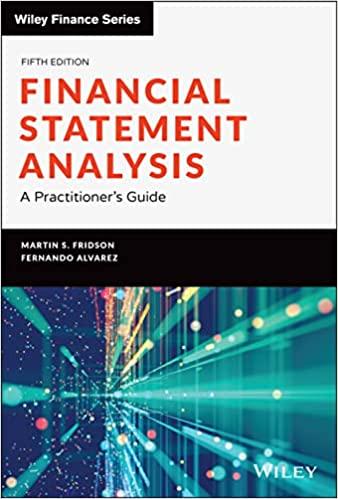Consider the following 6 months of returns for 2 stocks and a portfolio of those 2 stocks: Note: The portfolio is composed of 50% of Stock A and 50% of Stock B. a. What is the expected return and standard deviation of returns for each of the two stocks? b. What is the expected return and standard deviation of returns for the portfolio? c. Is the portfolio more or less risky than the two stocks? Why? a. What is the expected return and standard deviation of returns for each of the two stocks? The expected return of Stock A is %. (Round to one decimal place.) The expected return of Stock B is \%. (Round to one decimal place.) The standard deviation of Stock A is . (Round to five decimal places.) The standard deviation of Stock B is . (Round to five decimal places.) b. What is the expected return and standard deviation of returns for the portfolio? b. What is the expected return and standard deviation of returns for the portfolio? The expected return of a portfolio composed of 50% Stock A and 50% Stock B is \%. (Round to one decimal place.) The standard deviation of a portfolio composed of 50% Stock A and 50% Stock B is (Round to five decimal places.) c. Is the portfolio more or less risky than the two stocks? Why? (Select the best choice below.) A. The portfolio is less risky than the two stocks. It has the same expected return but a standard deviation of 0.04195, compared to standard deviations of 0 for both stocks. c. Is the portfolio more or less risky than the two stocks? Why? (Select the best choice below.) A. The portfolio is less risky than the two stocks. It has the same expected retum but a standard deviation of 0.04195, compared to standard deviations of 0 for both stocks. B. The portfolio is less risky than the two stocks. It has the same expected retum but a standard deviation of 1 . compared to standard deviations of 0.04195 for both stocks. C. The portfolio is less risky thin the two stocks. It has the same expected retum but a standard deviation of 0 , compared to standard deviations of 0.04195 for both stocks. D. The portfolio is more risky than the two stocks. It has the same expected return but a standard deviation of 0 , compared to standard deviations of 0.04195 for both stocks. Data table (Click on the following icon in order to copy its contents into a spreadsheet.)










